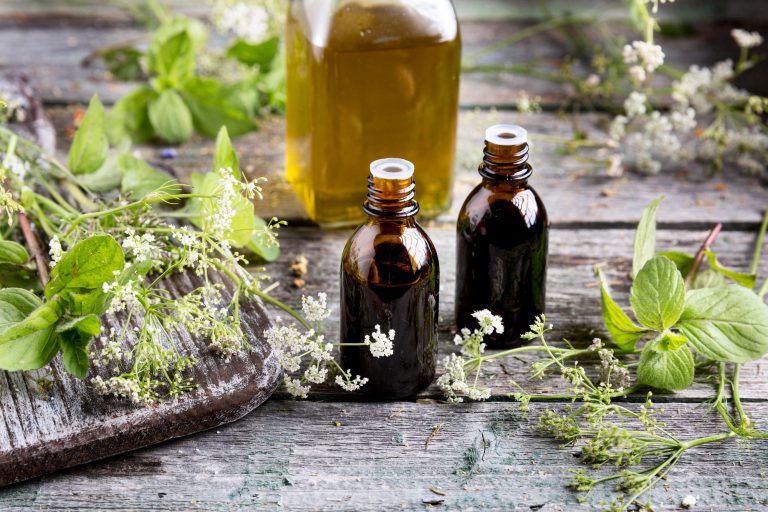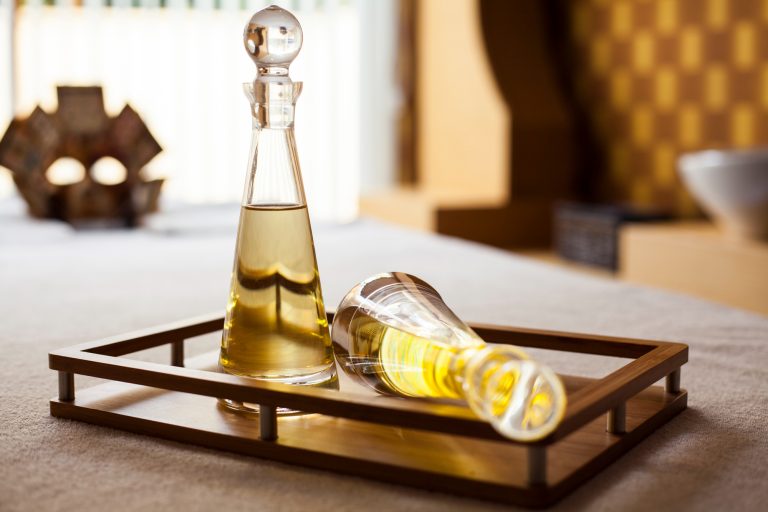The Power of Herbal Infusions
Herbal-infused oils are one of the simplest yet most effective ways to harness the healing properties of plants. By steeping herbs in natural carrier oils, you can extract their beneficial compounds, creating a soothing blend that nourishes the skin, supports relaxation, and promotes overall wellness. These oils can be used for massages, hair treatments, baths, or even as natural remedies for minor irritations. Making them at home allows you to control the ingredients, ensuring purity and quality without synthetic additives.
Choosing the Right Base Oils
The base, or carrier oil, determines the texture, scent, and absorption rate of your infusion. It also contributes its own nutrients to the final product.
Popular Carrier Oils:
- Olive oil: Moisturizing and rich in antioxidants—great for dry skin and hair.
- Jojoba oil: Closely resembles the skin’s natural sebum, perfect for facial oils.
- Sweet almond oil: Light and gentle, ideal for sensitive or irritated skin.
- Coconut oil: Antimicrobial and deeply nourishing, suitable for body oils and hair masks.
- Grapeseed oil: Fast-absorbing and non-greasy, ideal for massage or acne-prone skin.
Select a high-quality, cold-pressed carrier oil to ensure the infusion captures both the herbs’ and the oil’s full therapeutic potential.
Selecting Herbs for Your Infusion
The beauty of herbal-infused oils lies in customization. Different herbs bring unique properties, aromas, and benefits. You can use fresh or dried herbs, though dried ones reduce the risk of spoilage and mold.
Common Herbs and Their Benefits:
- Lavender: Calming, soothing, and antibacterial—perfect for relaxation and minor burns.
- Calendula: Heals dry, inflamed, or sensitive skin; gentle enough for babies.
- Rosemary: Stimulates circulation and promotes hair growth.
- Chamomile: Reduces redness and irritation; ideal for sensitive skin.
- Peppermint: Refreshing and cooling; helps relieve sore muscles.
- Lemon balm: Uplifting and antiviral; great for mood and skin balance.
Methods of Infusing Oils
There are two main methods for creating herbal-infused oils—the solar method and the warm method.
Solar Method (Slow Infusion):
- Fill a clean, dry glass jar halfway with dried herbs.
- Pour your carrier oil over the herbs, covering them completely.
- Seal the jar and place it in a sunny window for 2–4 weeks, shaking gently every few days.
- Once infused, strain the oil through cheesecloth and store it in a dark glass bottle.
Warm Method (Quick Infusion):
- Combine herbs and oil in a double boiler or heat-safe bowl over simmering water.
- Gently warm the mixture for 2–3 hours, keeping the temperature below 45–50°C (113–122°F).
- Allow the oil to cool, strain, and store in a clean, airtight bottle.
How to Use Herbal-Infused Oils
Once your oil is ready, there are countless ways to enjoy it in daily wellness and skincare routines.
- Massage oil: Blend with a few drops of essential oil for muscle relaxation or stress relief.
- Facial serum: Use lightweight infusions like calendula or chamomile for hydration and glow.
- Hair treatment: Massage rosemary or lavender-infused oil into the scalp to strengthen roots.
- Bath oil: Add a tablespoon to warm bath water for a soothing, aromatic experience.
- Healing balm: Mix infused oil with beeswax and shea butter for a nourishing salve.
Storing and Preserving Your Oils
Proper storage ensures your infused oils remain fresh and potent. Keep them in dark glass bottles, away from direct sunlight and heat. Most homemade oils last 6 to 12 months if stored correctly. For longer shelf life, add a few drops of vitamin E oil as a natural preservative.
Embracing the Ritual of Self-Care
Making herbal-infused oils at home is more than a craft—it’s a form of self-care that connects you with nature. The process encourages mindfulness, creativity, and appreciation for simple, natural ingredients. Whether you use your infusion for glowing skin, calm nerves, or soothing tired muscles, each drop reflects your intention to care for yourself in the most natural way possible.







